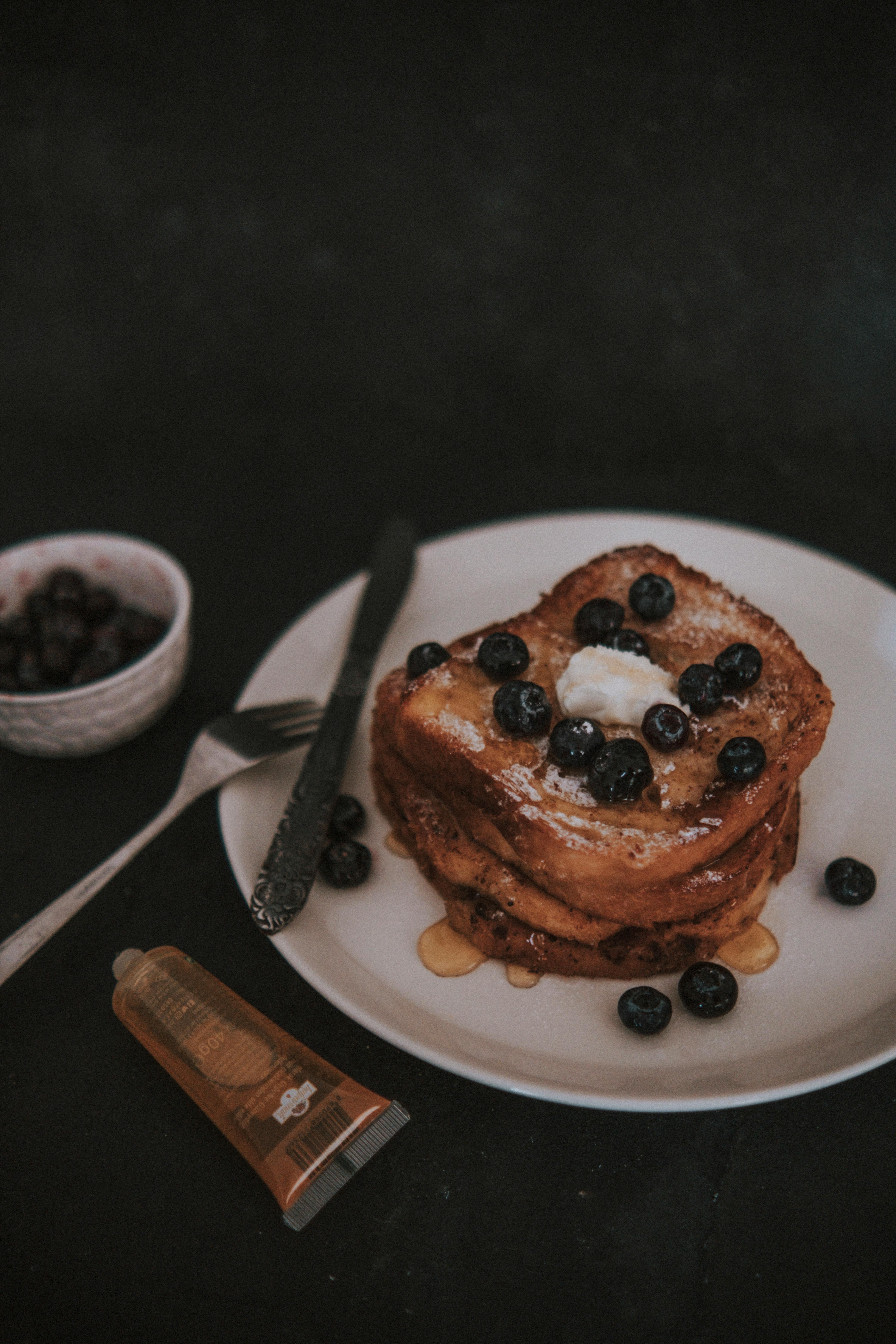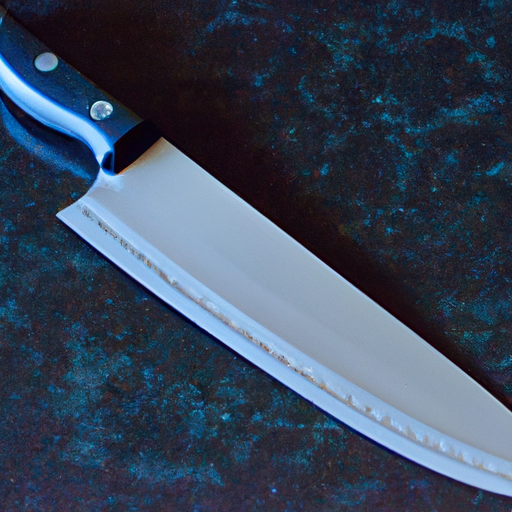Ever wondered why there are so many different types of knives in the kitchen? From slicing to dicing, each knife has a specific purpose that can elevate your culinary skills. In Tastepan’s latest article, “Knife Types And Their Uses: A Comprehensive Guide,” we explore the world of knives and their versatile functions. Whether you’re a seasoned chef or a novice in the kitchen, this guide will provide you with the essential knowledge needed to navigate through the vast array of knife options and enhance your cooking experience.

Common Knife Types
Chef’s Knife
The chef’s knife is a versatile and essential tool for any kitchen. With its wide blade and curved edge, it is designed to handle a variety of cutting tasks, including chopping, slicing, and dicing. It can be used for almost anything, from preparing vegetables to carving meat. The length of the blade can vary depending on personal preference, but a typical chef’s knife ranges from 6 to 12 inches.
Paring Knife
The paring knife is a smaller knife with a narrow and pointed blade. It is primarily used for intricate tasks that require precision, such as peeling fruits and vegetables, trimming fat, or deveining shrimp. Its compact size and sharpness make it the perfect tool for delicate and detailed work.
Bread Knife
A bread knife is characterized by its long, serrated blade. The serrations allow for easy slicing through crusty bread without crushing or tearing the soft interior. In addition to bread, a bread knife can also be used for slicing cakes, tomatoes, and other soft foods with tough exteriors.
Santoku Knife
The Santoku knife is a Japanese-style knife that has gained popularity for its versatility and precision. It features a wide blade and a flat edge, making it ideal for slicing, dicing, and mincing. The word “Santoku” translates to “three virtues” in Japanese, referring to its ability to handle meat, fish, and vegetables with ease.
Utility Knife
A utility knife is a smaller and more nimble version of a chef’s knife. It is typically between 4 to 6 inches long and has a narrower blade. This knife is perfect for tasks that require more precision, such as trimming, peeling, and slicing small fruits and vegetables. Its versatility and compact size make it a must-have tool in every kitchen.
Carving Knife
A carving knife is designed specifically for slicing cooked meats, such as roast beef or turkey. It has a long, thin blade that allows for clean and even cuts. The sharpness and flexibility of the blade make it easier to control while carving, ensuring you get thin slices without tearing or shredding the meat. Carving knives are often used for special occasions or when presentation matters most.
Specialized Knife Types
Boning Knife
A boning knife has a thin and flexible blade that is specifically designed for removing bones from meat, poultry, and fish. The sharp and narrow tip allows for precise and controlled cuts, making it easier to separate the meat from the bone. The flexibility of the blade also helps in maneuvering around joints and hard-to-reach areas.
Filleting Knife
Similar to a boning knife, a filleting knife is designed for the delicate task of filleting fish. It has a thin and flexible blade that enables you to remove the skin and bones from the fish while preserving the integrity of the flesh. The narrow and pointed tip helps in making precise cuts along the spine and around the ribs.
Cleaver
A cleaver is a heavy and sturdy knife with a thick spine and a broad, rectangular blade. Traditionally used in butchery, a cleaver is designed to chop, slice, and dice through tough cuts of meat and bones. It can also be used for crushing garlic cloves or tenderizing meats. Due to its weight and size, it requires some practice and strength to handle properly.
Gyro Knife
A gyro knife, also known as a doner or kebab knife, is specifically designed for slicing gyro meat or shawarma. It features a long and thin blade that rotates horizontally and is used in a slicing motion. The sharp blade and unique design allow for thin and even slices of meat, perfect for creating the signature texture and presentation of gyro sandwiches.

Multifunctional Knife Types
Serrated Knife
A serrated knife is characterized by its saw-like edge with small, pointed teeth. The serrations provide a better grip on foods with hard exteriors and soft interiors, such as bread, tomatoes, and citrus fruits. The blade’s sawing action allows for clean cuts without tearing or crushing delicate items. Serrated knives can come in different lengths and are a versatile addition to any kitchen.
Kitchen Shears
Kitchen shears are a versatile tool that can handle a variety of tasks in the kitchen. From snipping herbs and trimming vegetables to cutting through poultry bones and opening packages, kitchen shears are a versatile alternative to using a knife. They are designed with two sharp blades that can be easily separated for cleaning and can often have additional features like a bottle opener or nutcracker.
Knife Parts and Terminology
Blade
The blade of a knife refers to the metal part that does the cutting. It is typically made from stainless steel, carbon steel, or a combination of both. The shape and size of the blade can vary depending on the knife’s intended use and type. A sharp blade is essential for efficient and safe cutting.
Handle
The handle, also known as the hilt, is the part of the knife that provides grip and control. It is usually made from various materials, such as wood, plastic, or stainless steel, and can have different shapes and textures for comfort and stability. A comfortable and ergonomic handle is crucial for extended use and precision.
Edge
The edge of a knife refers to the sharpened side of the blade that does the cutting. It is crucial to maintain a sharp edge for optimal performance and safety while using a knife. Regular honing or sharpening is necessary to keep the blade in good condition.
Spine
The spine of a knife is the opposite side of the blade, opposite to the cutting edge. It is typically thicker and duller than the cutting edge and provides stability and support to the knife.
Tang
The tang refers to the section of the blade that extends into the handle. A full tang means the blade extends the entire length of the handle, providing strength and balance. A partial tang means the blade only extends partway into the handle, which can affect the knife’s durability and balance.

Choosing the Right Knife
Considerations
When choosing a knife, there are several factors to consider, depending on your personal preferences and needs. These factors include the handle comfort, blade material, blade length, and intended use.
Handle Comfort
The handle comfort is an essential consideration as it affects how the knife feels in your hand during prolonged use. Look for a handle with an ergonomic design that fits comfortably in your grip and provides stability, reducing the risk of accidents and fatigue.
Blade Material
The blade material determines the knife’s durability, sharpness retention, and resistance to corrosion. Stainless steel is a popular choice for its corrosion resistance and low maintenance. Carbon steel offers excellent sharpness, but it requires more maintenance to prevent rust. High-quality knives often use a combination of different materials for the blade.
Blade Length
The blade length depends on your preference and the tasks you plan to perform. A longer blade is suitable for slicing and chopping larger ingredients, while a shorter blade offers more precision and control for smaller tasks. Choose a length that feels comfortable and allows you to perform your intended tasks efficiently.
Intended Use
Consider the specific tasks you will be using the knife for. Different knives are designed for various purposes, and it’s important to choose one that suits your needs. For example, if you primarily cook fish, a filleting knife would be a valuable addition to your kitchen.
Knife Maintenance and Care
Cleaning
Proper cleaning is essential to maintain the longevity and performance of your knives. After each use, wash the knife with warm water and mild dish soap, ensuring to clean both the blade and handle. Avoid using abrasive sponges or harsh chemicals that could damage the blade or handle. Dry the knife thoroughly before storing to prevent any moisture-related issues.
Sharpening
Regular sharpening is necessary to keep your knives in optimal condition. There are various sharpening methods, including using a sharpening stone, honing rod, or electric sharpener. Follow the manufacturer’s guidelines or seek professional assistance if you are unsure how to sharpen your specific knife properly.
Storing
Proper storage is crucial to prevent damage to your knives and ensure safety. Avoid storing knives loose in drawers where they can collide with other utensils. Consider using a knife block, magnetic strip, or knife sheaths to protect the blades. Regardless of the storage method, make sure the knives are clean and dry before putting them away.
Knife Safety Tips
Proper Grip
Establishing a proper grip is fundamental for safe knife handling. Hold the knife firmly but not too tightly, with your index finger and thumb gripping the base of the blade for stability and control. The remaining fingers should curl around the handle. Avoid extending your fingers beyond the handle to prevent accidental cuts.
Cutting Techniques
Learning and practicing proper cutting techniques can significantly enhance both your safety and efficiency. Maintain a controlled and steady motion while cutting, keeping your fingertips curled under to protect them. Mastering techniques like the rocking motion for a chef’s knife or a slicing motion for a bread knife can improve your cutting skills and help you achieve accurate and precise cuts.
Knife Handling
When working with knives, it’s crucial to handle them with caution and respect. Avoid using a knife in a rushed or careless manner, as this increases the risk of accidents. Never try to catch a falling knife, as it can lead to severe injury. Always use a cutting board to protect your countertop and to provide stability while cutting.
Using Knives Safely
Cutting Boards
Using a suitable cutting board is essential for both the longevity of your knives and your safety. A good cutting board should be made from materials that are gentle on the blade, such as wood or plastic, to prevent dulling or damage. Avoid using glass or stone cutting boards, as they can cause the blade to become blunt quickly. Additionally, choose a cutting board with a stable and non-slip surface to prevent accidents during cutting.
Safe Storage
When not in use, it’s essential to store your knives safely to reduce the risk of accidents. Avoid leaving knives lying around on countertops or in sinks, where they can be easily knocked over or grabbed by unsuspecting hands. Store them in a designated knife block, sheath, or magnetic strip, ensuring they are kept out of reach of children and pets.
Essential Knife Skills
Chopping
Chopping is a basic knife skill that involves cutting food into large, irregular pieces. To chop effectively, start by gripping the handle firmly and using a rocking motion. Place the tip of the knife on the cutting board and lift the handle, allowing the blade to come down with a firm but controlled motion. Repeat the motion until the desired chop size is achieved.
Slicing
Slicing is a technique used for cutting food into thin, even pieces. To slice, grip the handle firmly and place the blade’s tip at the edge of the food. Apply a gentle downward pressure while simultaneously pulling the knife towards you in a slicing motion. Keep the blade in contact with the cutting board for smooth and even slices.
Dicing
Dicing is the process of cutting food into small, uniform cubes. Start by using the rocking motion to chop the food into larger pieces. Then, position the knife parallel to the cutting board and make horizontal and vertical cuts to create the desired dice size. Maintain a steady and controlled motion to achieve consistent and even cubes.
Julienning
Julienning is a technique used for creating long, thin matchstick-like strips of food. Begin by cutting the food into flat, rectangular slices. Stack the slices on top of each other and cut them into thin strips. The result should resemble matchsticks, ideal for stir-fries, salads, and garnishes.
Top Knife Brands
Wusthof
Wusthof is a renowned German knife brand known for its exceptional quality and craftsmanship. They offer a wide range of knives, from chef’s knives to specialized blades, all made with high-quality materials and precision engineering. Wusthof knives are highly regarded by professional chefs and home cooks alike.
Shun
Shun is a Japanese knife brand that combines traditional Japanese craftsmanship with modern technology. Their knives are known for their sharpness and beauty, featuring durable and high-performance blades. Shun offers a variety of styles and designs to cater to different preferences and needs.
Victorinox
Victorinox is a Swiss knife brand famous for its iconic Swiss Army Knives. However, they also produce high-quality kitchen knives that are affordable yet reliable. Victorinox knives are known for their sharpness, durability, and ergonomic handles, making them a popular choice among both professional chefs and home cooks.
Global
Global is a Japanese knife brand recognized for its sleek and modern design. Their knives are known for their exceptional balance, lightweight construction, and razor-sharp blades. Global knives are meticulously crafted with precision, offering outstanding performance and durability.
Zwilling J.A. Henckels
Zwilling J.A. Henckels is a German brand with a rich history in knife manufacturing. They are known for their high-quality knives made from premium materials. Zwilling J.A. Henckels offers a wide range of knife collections to suit different needs and preferences, whether it be professional chefs or home cooks.
In conclusion, choosing the right knife for your kitchen requires considering factors such as the intended use, handle comfort, blade material, and size. Proper knife maintenance and care are essential to ensure longevity and optimal performance. By mastering essential knife skills and following safety guidelines, you can enhance your cooking experience and maximize your culinary creativity. Don’t forget to explore reputable knife brands that offer quality and reliable options for your kitchen. With the right knife in your hand, you can confidently tackle any culinary challenge that comes your way. Happy cooking!

